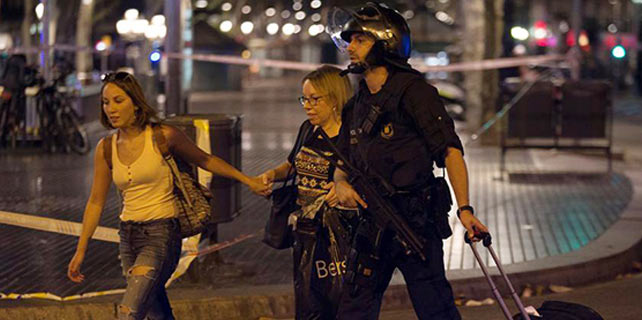Niche script
 |
|
Nushu characters, which in Chinese would mean "favorable climatic, geographical and human conditions". [Photo provided to China Daily] |
Hunan province leads the revival of Nushu, the female-only writing system, Wang Kaihao reports.
In mountainous Jiangyong county in Central China's Hunan province, Hu Xin is busy receiving the crew of a popular reality TV show. The team has come to find out more about Nushu, a writing system that can look like symbols to a first-time viewer. Hu, a 29-year-old local, writes the rare characters. "I want to promote Nushu and pass it onto the younger generations," she says. "There are many touching stories behind the characters." Nushu, which literally means "female script", is derived from regular Chinese characters that were once used by the female residents of Jiangyong. This slimer and seemingly italicized variant of standard written Chinese is often called "the world's only surviving characters exclusively for women". It was made as a national intangible cultural heritage in 2006.
In olden days, Nushu was taught by elderly women to girls at home because female children weren't allowed to attend formal school.
During gatherings in villages, women used the characters to write poems or song lyrics to express their emotions that were hidden from men.
Hu first came in contact with Nushu at age 8. She painstakingly practiced the handwriting through her school years and is now one of the youngest among seven registered inheritors of the writing form. Her works have been exhibited in public, including at the Shanghai Expo in 2010.
"It needs patience to explore the writing system's cultural meaning," she says.
Zhao Liming, a professor at Tsinghua University in Beijing, who has studied Nushu for more than 30 years, is considered to be China's top scholar in this field.
"The Nushu script was everywhere in the local communities," she says. "Some were in books. Some were written on folding fans or stitched in clothing. More were just in scattered papers."
Zhao explains that unlike the standard written Chinese, in which each character is a part of a word, each character in Nushu-based on local dialect-represents a syllable. She once categorized more than 220,000 words, and found only 396 characters were commonly used.
"But these are enough to convey people's emotions," Zhao says.









